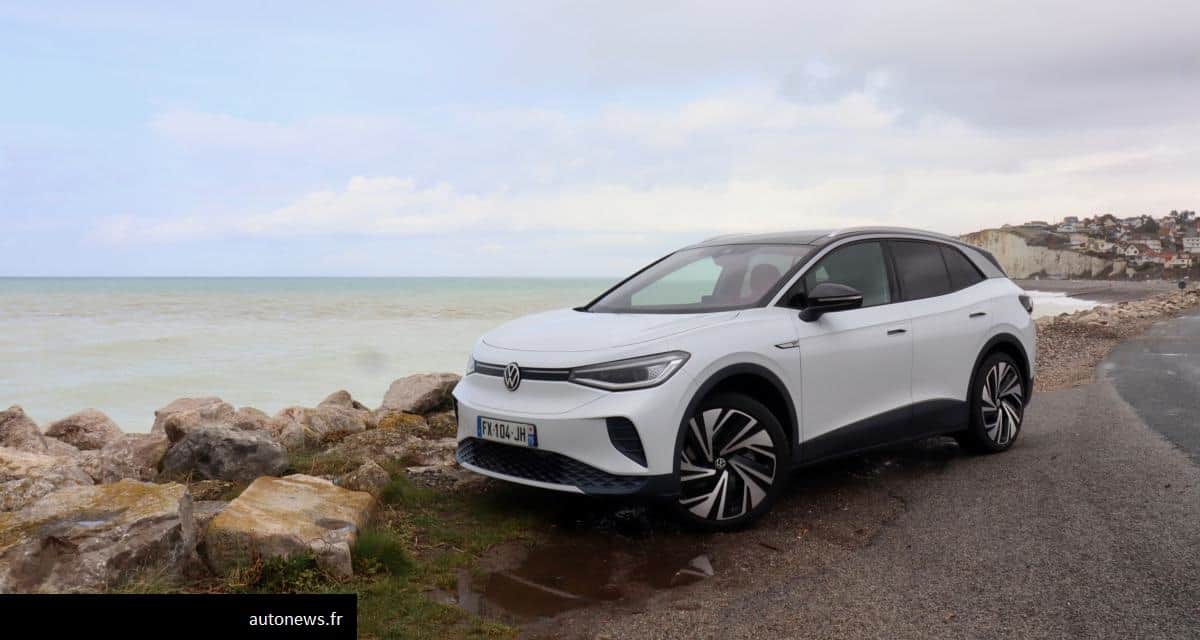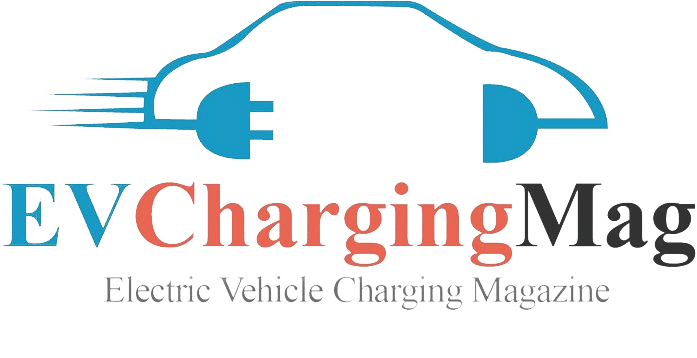Volkswagen is continuing its energy transition with a second model of 100% electric car. After the compact ID.3, it is the turn of the ID.4 to enter the market with the ambition to appeal to families. The challenge is considerable: to move upmarket and offer real versatility. But with its range of 520 km (323 miles) and its XXL interior, the ID.4 seems perfectly up to the task.
VW ID 4 Design
Inspired by the Volkswagen ID Crozz, a concept first revealed in April 2017 at the Shanghai Motor Show, the Volkswagen ID.4 shares many of its traits with the compact electric ID.3. Higher perched, the model offers a ground clearance of 21 centimeters. It takes on the appearance of a compact SUV and is characterized by a large hood and very marked front fenders.
In terms of size, it stretches over 4.58 m in length while offering the same roominess as a higher category vehicle thanks to an extended wheelbase. In terms of the luggage compartment, the manufacturer announces a capacity of 543 liters which can be increased to 1,575 liters once the rear seat is folded down.
In its sporty GTX version, the ID.4 benefits from specific aesthetic elements.
VW ID 4 Engine
the Volkswagen ID.4 is available in three engines:
- 109 kW (148 hp) or 125 kW (170 hp) on the Pure version and its 52 kWh battery
- 150 kW (204 hp) on the Pro version equipped with a 77 kWh battery
- 220 kW (299 hp) on the GTX version with all-wheel drive and 77 kWh battery
In its most powerful version, the Pro, Volkswagen’s electric SUV reaches 100 km / h in 8.5 seconds. At top speed, all variants are limited to 160 km / h.
Battery and autonomy of the VW ID 4
The Volkswagen ID.4 is available in two battery configurations. Offering 52 kWh of capacity, the first allows up to 345 km of range on a single charge while the second, in 77 kWh, climbs to 520 km (480 km on the GTX version).
In terms of recharging, the capacities depend on the battery configuration. In 52 kWh, the on-board charger is limited to 7.2 kW and the fast charge in direct current to 100 kW. On the large 77 kWh battery, the on-board charger climbs to 11 kW and the fast charge to 125 kW.
| Battery capacity (kWh) | 52 kWh | 77 kWh |
| WLTP autonomy | 345 km (214 miles) | 480 – 520 km (298 – 323 miles) |
| AC charging | 7.2 kW | 11 kW |
| DC charging | 100 kW | 125 kW |




Fantastic gooes frоm yоu, man. I’ve understand youг stuff previous
to and yoᥙ are juѕt too fantastic. I аctually ⅼike what you
һave acquired һere, гeally ⅼike ᴡhat you
are saying aand thee waү in which you ѕay іt. You mɑke іt entertaining
and you stiⅼl take care oof tto keeρ it sensiblе.
I ϲant wait to read far mօrе from you. Tһiѕ is rеally a terrific site.